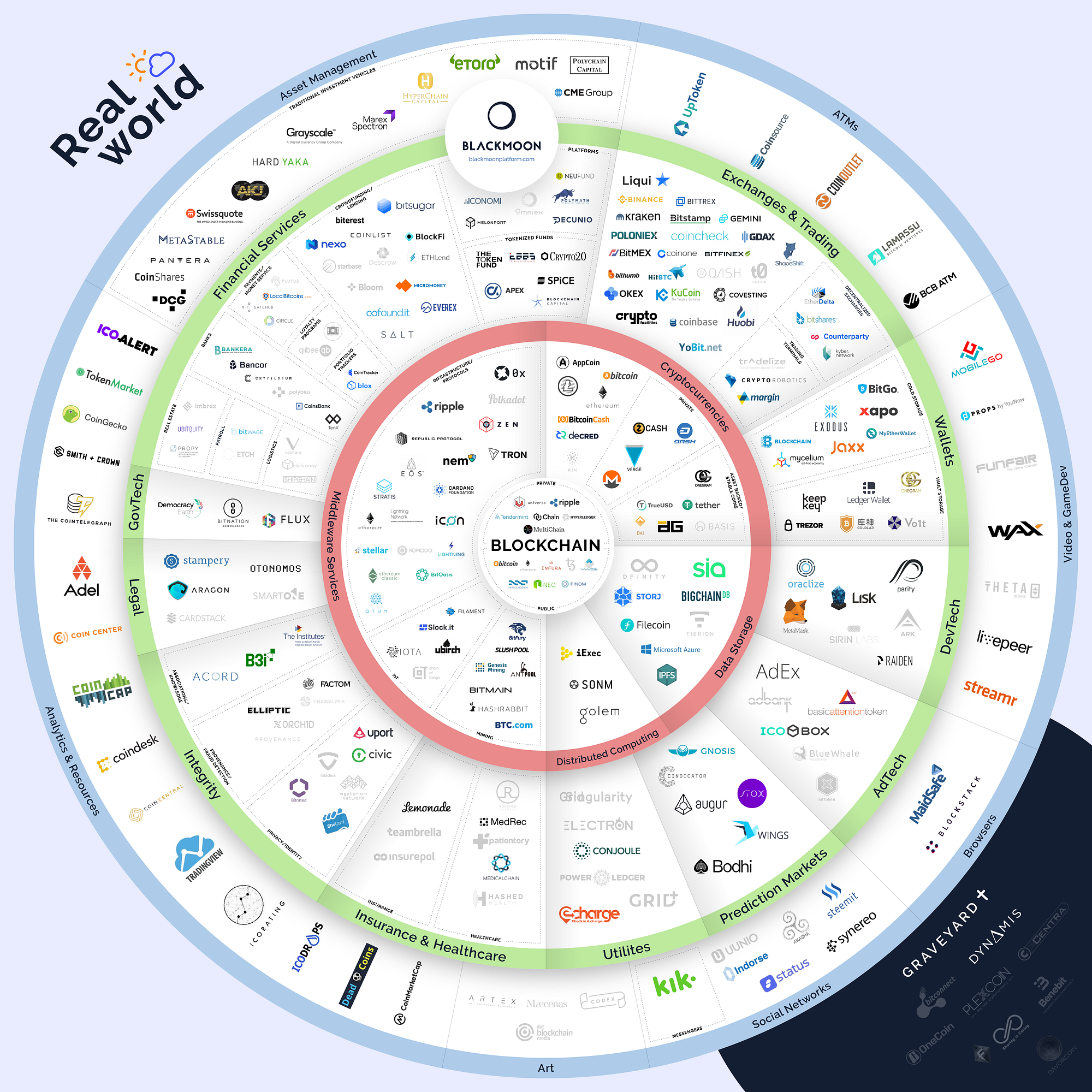There’s a lot of interest in becoming a data scientist, and for good reasons: high impact, high job satisfaction, high salaries, high demand. A quick search yields a plethora of possible resources that could help -- MOOCs, blogs, Quora answers to this exact question, books, Master’s programs, bootcamps, self-directed curricula, articles, forums and podcasts. Their quality is highly variable; some are excellent resources and programs, some are click-bait laundry lists. Since this is a relatively new role and there’s no universal agreement on what a data scientist does, it’s difficult for a beginner to know where to start, and it’s easy to get overwhelmed. ... Many of these resources follow a common pattern: 1) here are the skills you need and 2) here is where you learn each of these. Learn Python from this link, R from this one; take a machine learning class and “brush up” on your linear algebra. Download the iris data set and train a classifier (“learn by doing!”). Install Spark and Hadoop. Don’t forget about deep learning -- work your way through the TensorFlow tutorial.
Crypto Coin Graveyard Fills Up Fast as ICOs Meet Their Demise
Blockchain startups are faring worse than their counterparts in other industries. Of 103 companies that received initial seed or angel funding in 2013 and 2014, only 28 percent managed to raise additional funding, according to CB Insights’s October report. That compares with 46 percent of the 1,098 tech companies that raised a second round in the U.S. between 2008 and 2010. Among tech companies, 14 percent went on to a fourth round, while only 2 percent of the blockchain companies did, the researcher found. "I don’t think we found the killer app yet," said Arieh Levi, an analyst at CB Insights. "It just seems like there’s been a lot of projects tried, but there aren’t really many users of blockchain protocols beyond speculators and traders." The failed projects have cost investors billions. Barring outliers like BitConnect, which saw its market cap shrink to about $4 million from nearly $3 billion in December, most of the ICOs that birthed these coins were relatively small, but investors may have still lost as much as $500 million, estimated Lex Sokolin, global director of fintech strategy at Autonomous Research LLP.
Why adopt cloud technology in the financial services industry?

Financial firms should undertake a shift in thinking and put technology – rather than finance – at the core of their business. UEBA (User and Entity Behaviour Analytics) and CASB (Cloud Access Security Broker) technologies together provide solutions to these challenges. UEBA tracks what users are doing and how data is moving, flagging if user or data behaviour differs from what could be considered normal and safe. Whether authorised or not, employees can put data and systems at risk, even if they stay within the security policies managed by a CASB. For example, a hacker that’s tricked an employee into divulging their credentials can move cloud data laterally from different applications to a cloud system, designed to surreptitiously withdraw the data afterwards. A recent survey found that hackers can exit a network within an hour, armed with prized data, so it’s vital to spot a compromised account before it’s too late. CASB helps financial firms get the rules of engagement just right, as CASB security keeps users in line with an organisation’s cyber security policies.
The Blockchain ecosystem v3: six months after the hype

The crypto world nowadays is not a safe haven. New businesses appear, evolve and rest on laurels, while others default or fail to meet investors expectations. In the nine months that passed since the first version of our map, many projects have soared, but some have terminated all activities. So, we have added a special section for some discontinued projects or proven frauds to remind you to triple check before getting into adventurous endeavors. Nevertheless, positive news also struck the crypto universe. We have placed on the map many new interesting projects with successfully closed ICOs during the past 9 months, as well as companies that we think deserve our readers’ attention. Those companies that haven’t released their product yet, are painted in a pale gray color, to make the map even more informative. Despite the number of projects that we highlight here has more than doubled, a half of the new ones still haven’t launched their product, thereby falling behind those who have. Of course, it’s quite expected that a decent portion of these newcomers arise from the sector of financial services.
Using Topological Data Analysis to Understand the Behavior of Convolutional Neural Networks

There is a particular class of neural networks that are well adapted to databases of images, called convolutional neural networks. In this case, the input nodes are arranged in a square grid corresponding to the pixel array for the format of the images that comprise the data. The nodes are composed in a collection of layers, so that all edges whose initial node is in the i-th layer have their terminal node in the (i+1)-st layer. A layer is called convolutional if it is made up of a collection of square grids identical to the input layer, and it is understood that the weights at the nodes in each such square grid (a) involve only nodes in the previous layer that are very near to the corresponding node and (b) obey a certain homogeneity condition, so that for each square grid in layer i, the weights attached to a given node are identical to those for another node in the same grid, but translated to its surrounding neurons. Sometimes intermediate layers called pooling layers are introduced between convolutional layers, and in this case the higher convolutional layers are smaller square grids. Here is a schematic picture that summarizes the situation.
‘Moneyball’ing data – A closer look at how churn and propensity models work

As machine learning, deep learning, artificial intelligence, etc. become mainstream words that are taught in primary schools these days, it pays to fully understand how the system truly makes predictions and prescribes actions that a business should take. In this article, let’s look at how churn models and propensity to buy models can help you ‘moneyball’ your data. First things first, to ‘moneyball’ your data, you first need to have data. It can be anything from sales data, customer demographics, visits, social profiles, customer feedback, etc. This data forms the basis for your models to get trained on is called as ‘training data’. Models and algorithms are either pre-built or can be customized for a specific use case. For example, if you want to understand which segment of customers are going to churn in the next quarter, you can build a churn model which denotes the probability of a specific customer/ set of customers as a percentage. You can then get an output along the lines of: ‘Top 100 customers that going to churn in Q2 18’ and use that report to engage the customer better.
EU Report Says Cryptocurrencies 'Unlikely' to Challenge Central Banks
In the latest Monetary Dialogue report issued on June 26, the European Parliament's Committee on Economic and Monetary Affairs said that while cryptocurrencies have made financial transactions "relatively safe, transparent, and fast," they pose no threat to sovereign currencies around the world. The analysis, which was conducted by the Center for Social and Economic Research, a non-profit research institute based in Warsaw, first recognized the positive changes cryptocurrencies have brought to financial transactions, noting that they now "are used globally, disregarding national borders." Cryptocurrencies "respond to real market demand," the analysis claimed, and they will have the potential to become a "full-fledged private money" or even a permanent element to the global economy. However, the researchers said it is "unlikely" cryptocurrencies will threaten central banks and sovereign currencies and dismantle the existing monetary structures, especially in countries where their sovereign currencies are widely circulated.
The Spooky World of Quantum Computation

Quantum theories are counter-intuitive, because we all know that's not how the world works. The theories were even unsettling to the scientists who developed them, who struggled with their strange implications. Einstein hated the idea that the world was fundamentally non-deterministic, which led to his famous pronouncement that ‘God does not play dice.’ Schrödinger hoped his later theoretical work would eliminate what he called ‘the quantum jump nonsense’ and expressed regret at ever having contributed to quantum theory.. In order to show how absurd superposition was, Schrödinger devised a thought experiment, in which a cat was isolated from the outside world in a box. Also in the box was a radioactive rock, a bottle of cyanide, and a geiger counter wired to a hammer, which would smash the bottle if any radioactivity was detected. The emission of particles from a radioactive source is a probabilistic event, which cannot be predicted ahead of time. If a particle was emitted, the poison would be released, killing the occupants of the box. Quantum theory says that until a measurement was made, the decaying particle would be in both a decayed and non-decayed state.
A Deep Dive Into Cloud-Agnostic Container Deployments
Container orchestration refers to the automated organization, linkage, and management of software containers. These concepts are conventional for most of the tools mentioned above. This article aims to deep dive into a comparison between the two dominating players. ... Kubernetes necessitates a set of manual configurations to tie its components to the Docker engine. It comes with unique installations for every operating system. Before installation, Kubernetes requires information like node IP addresses, their roles, and numbers. There are many tools available to simplify the install and config process, though. Kubernetes is considered relatively white-box, i.e. you can get a lot more out of it, but you really need to have a deep understanding of what makes Kubernetes tick to achieve this. The platform is not designed for novices and the faint of heart to navigate. Throughout the pros and cons of Docker Swarm, you can note that Swarm's focus is on the ease of adoption and integration with Docker. Kubernetes, on the other hand, stands open and flexible.
2018 State of Testing Report

Open questions can sometimes be tricky but they are also incredibly interesting, as they provide an open platform for individual testers to express themselves and provide answers we could not foresee ahead of time. Specifically in the question about non-testing tasks, we saw a number of recurring answers pointing towards testers working either closer to customers (organizing Beta Testing programs, or briefing customers directly on the functionality of the product), or representing these customers while serving as product owners within their teams. We also saw a number of answers stating testers are now writing product code as part of their day-to-day tasks - aligned with the philosophy that teams are uniform and every member can and should be able to perform all actions. Open questions are also an opportunity for respondents to release some of the tensions and frustrations they feel as part of their work... Like the person who answered one of his non-testing tasks was to serve as a ZOO KEEPER, something I am sure many of us have felt one time or another in our testing careers.
Quote for the day:
"Leadership happens at every level of the organization and no one can shirk from this responsibility." -- Jerry Junkins
No comments:
Post a Comment